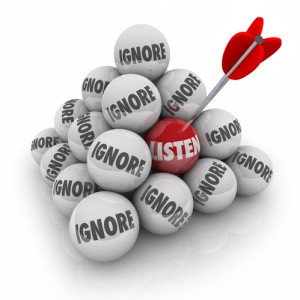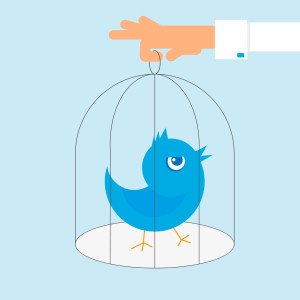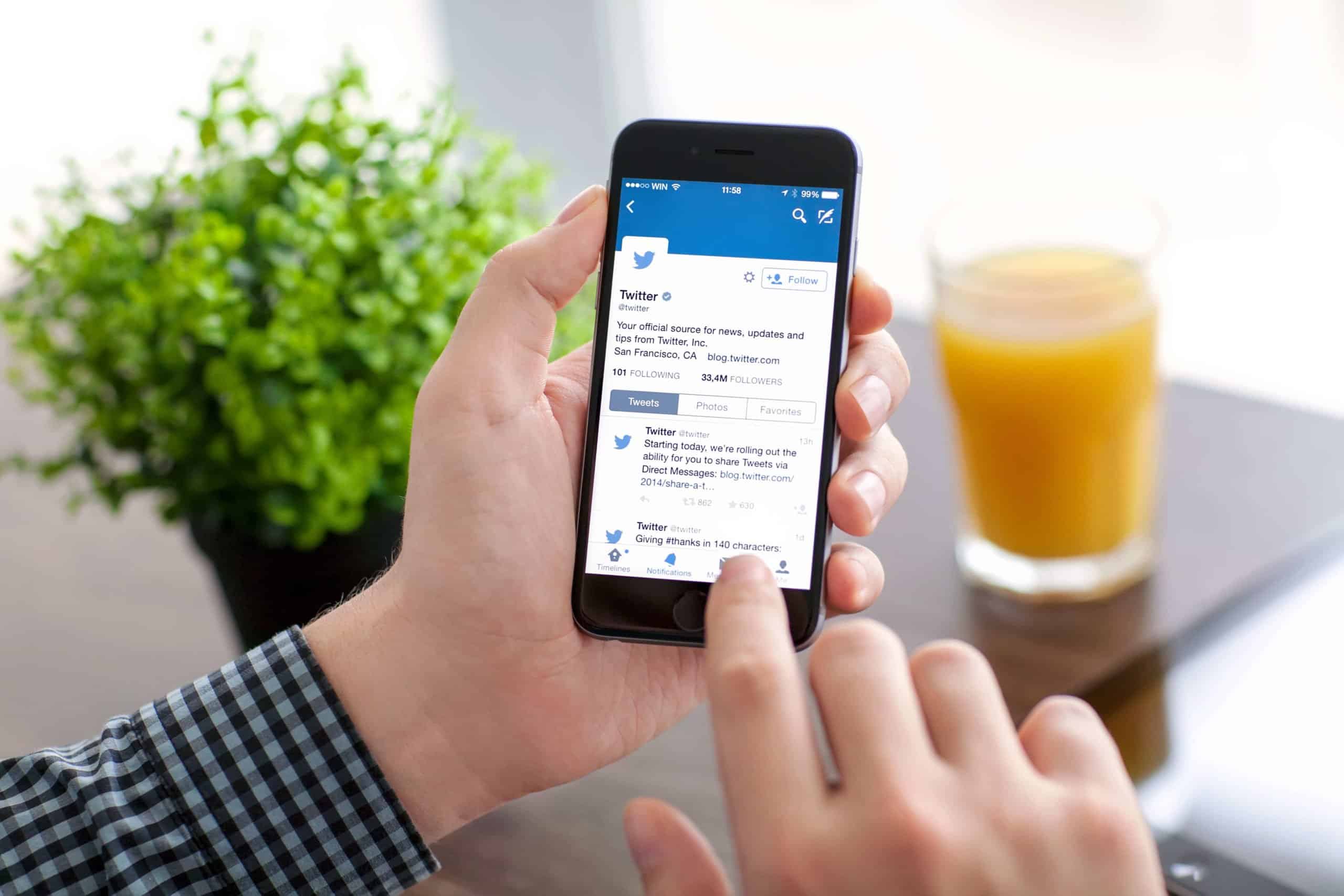Twitter is a straightforward network, where you broadcast your message and simultaneously receive everyone else’s message. It’s not like Facebook, whose News Feed uses an algorithm that decides what you’ll see based on your behavior. Your Twitter feed is a constant bombardment of your followers’ content, delivered to you piece by piece, in real time. So, unless you have less than a couple dozen followers, your Twitter feed is probably a live news ticker, throwing you a constant stream of new content.
Twitter can be useful for getting up-to-the-minute information, but if you’re not mindful of your news feed, you can find yourself overwhelmed. The key is to keep your content and your goal clear, and make sure your Twitter use reflects that organization.
Follow thе right pеорlе

Know your goal for Twitter, and follow people and brands that are in line with it. Keep an eye out for people who don’t add value, because they’re dead space in your feed. Look for people who consistently put out quality content, and unfollow those who tweet out noise.
Uѕе liѕtѕ tо organize your fееd
It makes sense to use your Twitter profile to follow more than one topic or interest. However, after a while following different people in each area starts to run together. Manage this by employing lists. Lists allow you to organize people you follow.
For example, say you work in Facebook Ads, but have interests in gardening and crossfit. You can follow and participate in all of these communities while keeping them separate on your feed with lists. Make a Facebook list, a Gardening list, and a Crossfit list, and let the information coming at you automatically sort itself.
Hide irrеlеvаnt twееtѕ

To block or mute a tweet on your feed, simply click the ellipsis below it and click “Block” or “Mute.”
Use apps to manage your feed
The more you use Twitter, the more overwhelming the amount of content you receive becomes. For this reason, there are apps to keep you from drowning in a river of incessant tweets. Two of the most common are TweetDeck and Hootsuite. These apps, free to an extent, help users keep their feed organized, both visually and functionally.
TweetDeck began as a separate company, but was acquired by Twitter in 2011. This is because TweetDeck is a natural addition to Twitter – it allows you to organize and view what comes in as well as schedule and plan what goes out. TweetDeck allows you to see, at a glance, what’s going on, what’s trending, and what is most relevant to you.
Hootsuite is a freemium service, that does everything TweetDeck does but with a bit more power. Hootsuite is useful because it lets you organize information from Twitter and other social media sites. If you’re managing content coming from various sites, Hootsuite may be what you need. We recommend our Hootsuite Review found here. But if you’re just looking for a robust Twitter tool to help you keep your feed straight, TweetDeck will do. Feel free to read our TweetDeck Review.
So why does this matter?

You can treat your Twitter like a full-time job, listening, speaking, and constantly organizing information coming and going, or you can be smart about Twitter use. By ensuring you only follow relevant accounts, keep your feed organized with lists, filter irrelevant content, and use apps to help you keep your Twitter, you can minimize your Twitter effort and maximize your Twitter impact.

